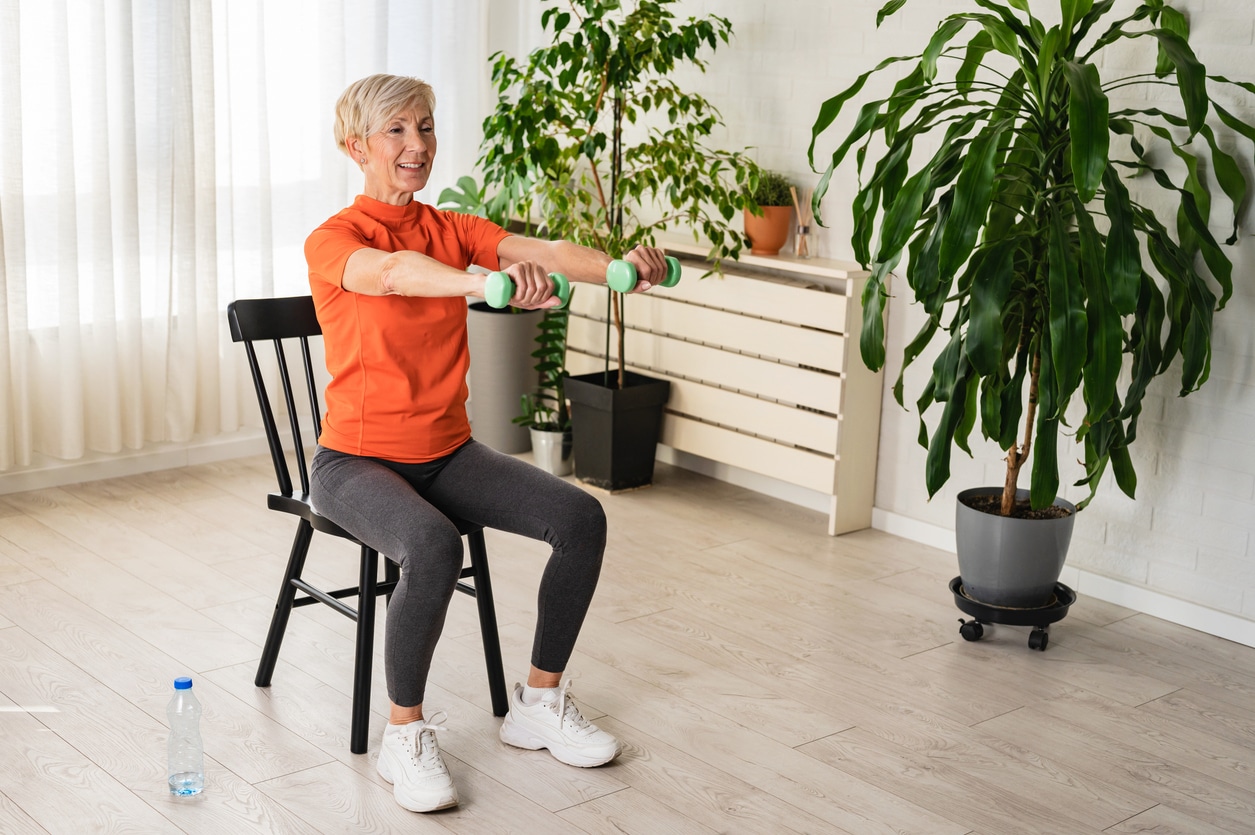Are you thinking about getting a mobility scooter? You won’t be sorry!
These are lifestyle-enhancing machines that can help you rediscover a sense of freedom and mobility.
But be warned, purchasing the wrong mobility scooter and using it the wrong way can make you feel more frustrated and trapped than ever. It can even lead to serious injuries, such as falls. And nobody wants that.
So we’re going to make sure you get the absolute most from your purchase, by outlining exactly how to pick out the perfect mobility scooter for your life, and show you how to use it safely.
Part 1: How to Buy The Perfect Mobility Scooter
There is no “best on the market” or one size fits all solution for mobility scooters. You need the right scooter for you and your lifestyle.
So ask yourself the following questions:
Can I Afford This?
This is a big one. These machines are a sizable investment. Have a talk with your doctor and your insurance company to see what’s possible.
You need to know if your insurance will cover a mobility scooter, and how much the policy will cover.
Most often, you need to prove a medical need for it. Speak to your doctor about this.
Am I Physically Able?
It may look easy, and it can be. But before you invest in a mobility scooter, make sure you’re able to sit upright for extended periods of time. This can be an issue with people with bad backs.
You also need to be able to operate the scooter with both hands at all times. One-armed operation isn’t safe. So, make sure that’s not going to be an issue.
Can I Travel (Easily) with This?
Talk to your salesperson or provider about how easily your would-be scooter will travel in cars, buses, or taxis.
You need to know if (and how) it can be transported by car, van or taxi. Maybe it needs to be disassembled to fit in the trunk of a vehicle. Does it come apart and go back together easily? Are the parts too heavy to reasonably lift?
Also, ask if it comes with an anchor that can be used in a taxi or public bus.
You don’t want to have to leave it at home because it’s too big and too bulky to transport anywhere.
How Big is My Home?
If you’re going to use this in your own home, take a good look at all the sharp corners, all of the stairs and the size/layout of your bathroom.
If any of these are too small or cramped to use a mobility scooter, you may consider buying something a bit smaller and more nimble, like a 3-wheel scooter or a motorized wheelchair. They have a tighter turning radius.
Is This Model of Scooter Too Big/Too Small?
Trying out your scooter is extremely important, for size and weight.
You don’t want it to feel too big as it could be difficult to control. At the same time, you don’t want it to feel like it can carry you, but literally nothing else.
When looking at the weight requirements for any given model, don’t just consider your own weight. Also, consider the things you carry on a regular basis like:
- Oxygen tanks
- Laundry baskets
- Shopping bags
Part 2: Learning to Use Your Mobility Scooter
Spend the proper amount of time to get to know your mobility scooter. It’s going to take a bit of practice to get used to the size and operation.
Make sure to practice using it in open spaces, if possible. It’s important you know the speeds so you can always keep it under control. It’s also important to know the turning radius so you can know what corners and turns you can safely navigate when you’re out and about.
The key is keeping your center of gravity right where it should be at all times: in the middle of your seat. This is what keeps you from leaning too far to the left, right, front or back. Tipping over can cause serious injuries.
Leaning one way or another without paying attention can also lead you to accidentally engaging the throttle and taking off unexpectedly. This is obviously dangerous to yourself and anyone around you.
When the scooter is engaged (ie. you’re the one steering and controlling the speed), there are two different modes you should be aware of:
Freewheel Mode
This allows for manual maneuverability by you or a trained attendant. To make it easier to push and guide, the braking system is disengaged.
When it’s in freewheel mode, it’s important to remember:
- Put it back in drive mode to lock the brakes before leaving the scooter unattended or when you’re giving control of the scooter back to the driver
- Never put it in freewheel mode while on an incline or decline
- Never put it in freewheel mode without someone present who can assume control and keep it from rolling
Push-Too-Fast Mode
Your scooter may also have a push-too-fast mode. This is operated when you’ve got the scooter set to Freewheel mode and it does exactly what it sounds like. It keeps the scooter from picking up too much speed or operating dangerously out of control.
This is designed for your safety and to keep the mobility scooter from operating outside of what it was meant for.




